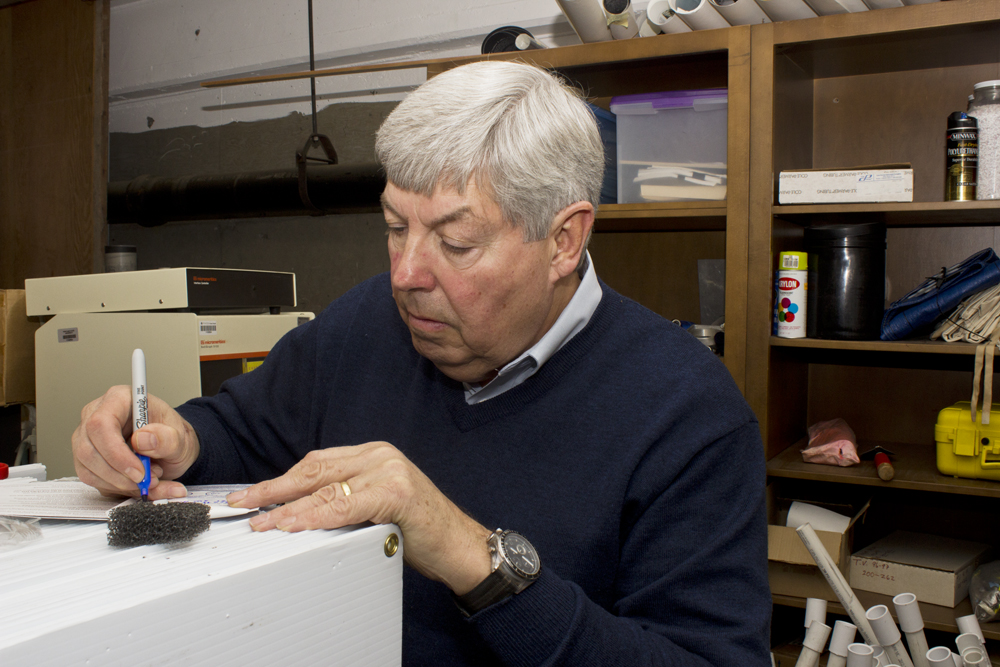A recent thesis project conducted in Clark Counties in nearby Vancouver found an unusually high potential for radon in buildings. Geology student and Portland native Cameron Webb from Carlton College in Minnesota conducted the project under the supervision of geology professor Dr. Scott Burns from Portland State.
“Radon appealed to me because it was a useful thing to find out about,” Webb said, explaining his thesis topic choice. “It helps people save lives. Hopefully, it’s spreading the message, and I think a lot of people are learning about radon now. There’s a lot of momentum learning about it.”
January is the Environmental Protection Agency’s National Radon Action Month to raise awareness of the harmful presence of radon in homes. Radon is a naturally occurring odorless, tasteless and colorless gas. “We are concerned about it because of lung cancer. The EPA says that 20 percent of all deaths from lung cancer in the United States come from radon,” Burns said. Burns is known for his expertise in mapping radon.
“It is proven to cause lung cancer. It leads to thousands of deaths in the U.S. from lung cancer, and it’s one of the hardest cancers to treat once you get it,” Webb said.
“The EPA and the [World Health Organization] and other environmental groups and departments in different countries have set action levels for what they feel would be a concern for home owners, or even an occupant of a classroom or an office, wherever you spend any extended amount of time,” said Steve Tucker, vice president of Cascade Radon in Portland. In the United States, this level is set at 4 pCi/L or above.
Nationally, every 1 in 8 homes has a high level of radon. While the state of Oregon has a radon problem in 1 of every 15 houses, Portland itself has high radon concentration at 1 in every 4 houses. Vancouver, the focus of Webb’s thesis, has similar geology to Portland with high radon levels in 1 of every 5 homes. These high concentrations may be a factor of the regional rock sediments.
“It’s hard to predict which home it’s going to be in,” Webb said, “It’s common for radon to be really high in one house, and none of your neighbors will have a problem at all. And the good news is once you’re aware of it, it’s really easy to test for.”
Webb’s thesis found that every zip code of Clark County had medium or high radon potentials. “That’s unprecedented that it would be so uniformly high risk,” Webb said.
Portland’s radon potential show similarly high levels requiring home-owner action. “In Portland, 81 percent of zip codes are at either high or moderate levels,” Burns said.
Radon levels can be tested using relatively affordable kits found at most home improvement stores. If a high radon level is detected, there are several methods of mitigation that can help.
Burns explained the method of professional radon mitigation, “First they come in and seal all the entry points and cracks in the foundation. And then secondly, they have a gas collection system they put down through the foundation in the basement of the first floor and it collects the gas in the soil.”
Opening windows can reduce smaller radon levels. “The simplest way is to increase the amount of fresh air, therefore diluting the amount of radon proportionally,” Tucker said, “If the building’s closed up and not ventilated very well the gas builds up to levels that are considered unhealthy.”
A full list of zip codes at risk and more information about testing for radon in homes in Portland and Oregon is available at public.health.oregon.gov.






